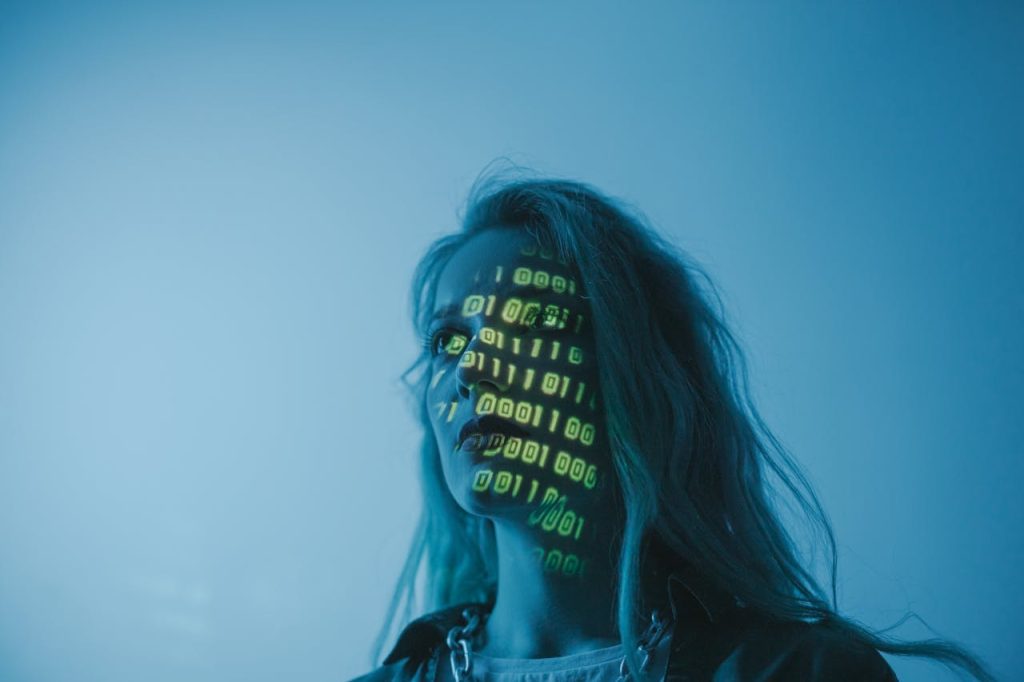Generative artificial intelligence (AI) is a groundbreaking technology that has garnered widespread attention for its ability to create realistic and novel content autonomously. At its core, generative AI leverages complex algorithms, particularly deep learning neural networks, to analyze and learn patterns from vast datasets. By understanding the underlying structure of the data, these algorithms can then generate new content that closely resembles the original input. Whether it’s images, texts, or even audio, generative AI has demonstrated remarkable proficiency in mimicking and generating high-quality content.
Generative AI has emerged as a boon for content creators across various industries, offering a wealth of tools and capabilities to enhance their creative process. From graphic designers and visual artists to filmmakers and game developers, generative AI has revolutionized the way content is produced and consumed. These AI-powered tools enable creators to generate photorealistic images, manipulate visual elements with precision, and experiment with different styles and compositions. By automating tedious tasks and providing innovative solutions, generative AI empowers content creators to unleash their creativity and bring their ideas to fruition with unprecedented speed and efficiency.

However, the dark side of generative AI rears its ugly head when it falls into the wrong hands. Unfortunately, some individuals with malicious intent have exploited this technology to create and disseminate inappropriate and exploitative content, particularly images depicting minors in compromising or abusive situations. Pedophiles and perpetrators of sexual exploitation have harnessed the power of generative AI to generate highly realistic and disturbing images that perpetuate harmful stereotypes and contribute to the normalization of child sexual abuse. These individuals operate covertly, utilizing online platforms and anonymous channels to distribute their illicit creations, posing a grave threat to the safety and well-being of vulnerable individuals, especially children.
Our team investigated the extent of usage of AI for generation of inappropriate images. We found that there are multiple account on Instagram dedicated to niche fetishes and host tons of images. These images at first look harmless although strange, but as we dug deeper, we soon reached the dark side. Some of the themes used in those images were Femdom, Female superiority and slavery, in particular male slavery. However, as we discovered some of the images contained children in those particular themes, we dug deeper to see where it is going. Soon we discovered links to Telegram channels within those Instagram pages. Once we checked out Telegram groups, it was clear that those groups were just a facade for paid pedophile content. Most of the prices on those channels were mentioned in Indian Rupees, hinting that the creators reside in India. Many of the images on Instagram also depicted women in traditional yet revealing Indian clothes, pointing to the same fact. Our team did not buy any of those paid content as it would constitute illegal activity but at this point, it was clear what was really going on.

In summary, while generative AI holds immense potential for innovation and creative expression, its misuse by malicious actors underscores the urgent need for vigilance and regulatory measures. As society grapples with the ethical implications of AI technology, it is imperative that concerted efforts are made to combat the proliferation of inappropriate and harmful content. By fostering collaboration between technology companies, law enforcement agencies, and advocacy groups, we can work towards mitigating the risks posed by the misuse of generative AI and safeguarding the integrity of our digital landscape.
Cover Photo:
Photo by Lennart Wittstock.

